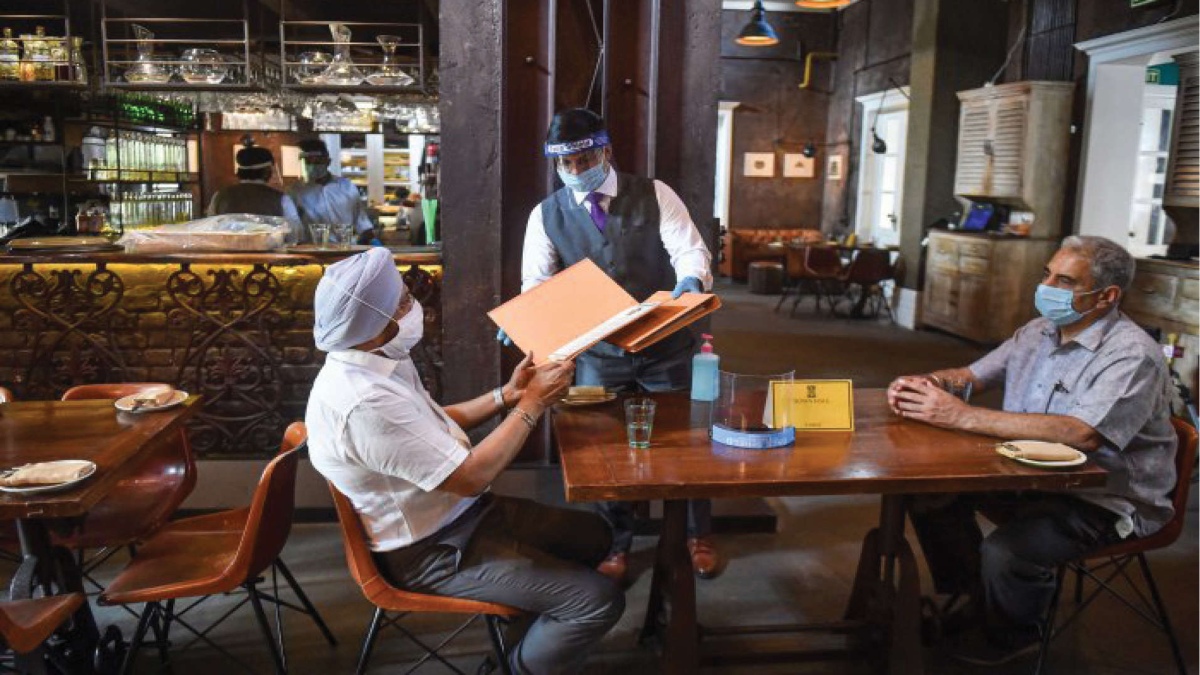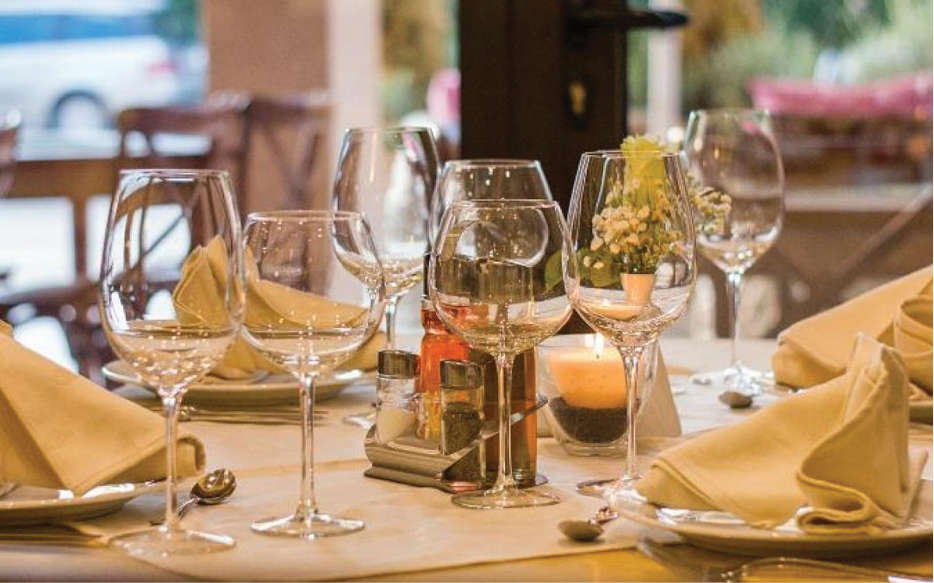


2020 started as an exciting year for me as I left for Kerala on 4 January to film for a new series for our television channel, Food Food. My crew and I filmed extensively in Kerala while tasting foods from different parts of the state, sometimes in the spice farms, sometimes in high-end restaurants, sometimes a typical meal at home, and sometimes from street food vendors. There was never a dull moment.

February was similar but this time, it was in Andhra Pradesh. We filmed Andhra foods, we ate Andhra foods and we dreamt about the foods of Andhra. The beginning of March was no different, but now the excitement had shifted with my trip to Melbourne, Australia for watching the Women’s Cricket World Cup, followed by endless trips to various stunning wineries and fresh produce farms, till there was a call from my batchmate who works with Air India. He called with panic in his voice, and suggested that my wife and I take the first flight back to India as flights were likely to be stopped. We yielded to his suggestion and changed our plans, and the next day, we were on a flight back to Mumbai via Delhi. If somebody had suggested on 12 March, 2020 that this would be my last flight for the rest of the year, I would have laughed out loud. But then, if there is a seismic shift in the world, my world and the world of food can be no different. It had to change.
Let’s start with the ugly part. The business of food service, namely restaurants, banquets, outdoor catering, flight kitchens, school, college and office canteens and street food, got hit the most. Hotel management institutes enrolled fewer students as not many were sure about the future of the hotel and allied industries. Many businesses shut permanently, many shut down temporarily with the hope of restarting soon, many people lost their jobs and livelihoods and some lost their lives.
Now, for the bad. Unlike many other countries, in India, there has been no or very little support from the establishment, financial or otherwise. This may have a cascading effect on the hospitality industry, which is critical to the growth of tourism in India. The rate of unemployment is directly proportional to minor crimes in society. The impact may not be visible currently and stay latent for some time, but we may not be able to sweep it under the carpet for much longer.
As we have trained ourselves and slowly learnt the art of not being so social, the business of social eating has started to distance itself. We in India always took pride in sharing our food, but we are trying hard not to share and have our individual meal bowls now. This may not mean anything but it has the potential to change the contours and ethos of the Indianness of our meals, especially when we eat out.
Loads of deliveries related to packed food has also resulted in lots of unnecessary packaging material. This may not be good news for the environment.
However, I am a perpetual optimist. Among the good that happened, the biggest plus of this pandemic was the resurgence of home cooking, an art that had been dwindling fast. There has been a renewed interest in the home kitchen, which may have started with a need as many entered the kitchen for the first time. Many started to cook, some with enthusiasm, some with trepidation, and many excelled and many others had to have a taste of their own food. No matter what, this transition, forced or otherwise, augurs well for India. My firm belief is that a nation that cooks at home stays healthy. It also means that the business of home cooking has also seen an uptick. This business includes the sale of food cooked at home, more utensils and cooking appliances being sold, and more digital content being created around food. In 2020, the viewership of food and recipe videos went through the roof. In early April, I received a meme which captured the mood of the people stuck in their homes in its true sense. It said: ‘Lockdown matlab apne andar ke Sanjeev Kapoor ko bahar nikaalna’. I couldn’t agree more.
This may also mean that, in a country like India, where a large part of the women population has traditionally always taken care of the home kitchen, other members of the family also get in the kitchen and start taking some responsibility, and the women at home get some time for themselves. This may encourage them to blossom in other ventures and be free to pursue their interests, which would mean the true emancipation of the women of India.
HOPE FOR 2021
The vaccine will soon become a global reality and India would be no exception. In some parts of the world, the optimism around it has already begun. Green shoots in businesses have started to appear. The ride on the food service train may be bumpy for some more months but the end may be in sight.
Hygiene has always been a cause of concern in India but increased awareness during 2020 would lead to better food safety and personal hygiene. More transparency in all aspects of food shall be demanded by the consumers. Healthier food options will finally start to see more shelf space. The mystery that has always enveloped the powers of ancient Indian ingredients shall quickly start to unravel on the minds and bodies of people at large in the world. Turmeric has already started to show us the way, and other ingredients like moringa will now follow. Ab ghar ki murgi dal barabar nahin, balki ghar ki moong murgi se behtar kahlayegi.
Sanjeev Kapoor is one of the most celebrated chefs in India.